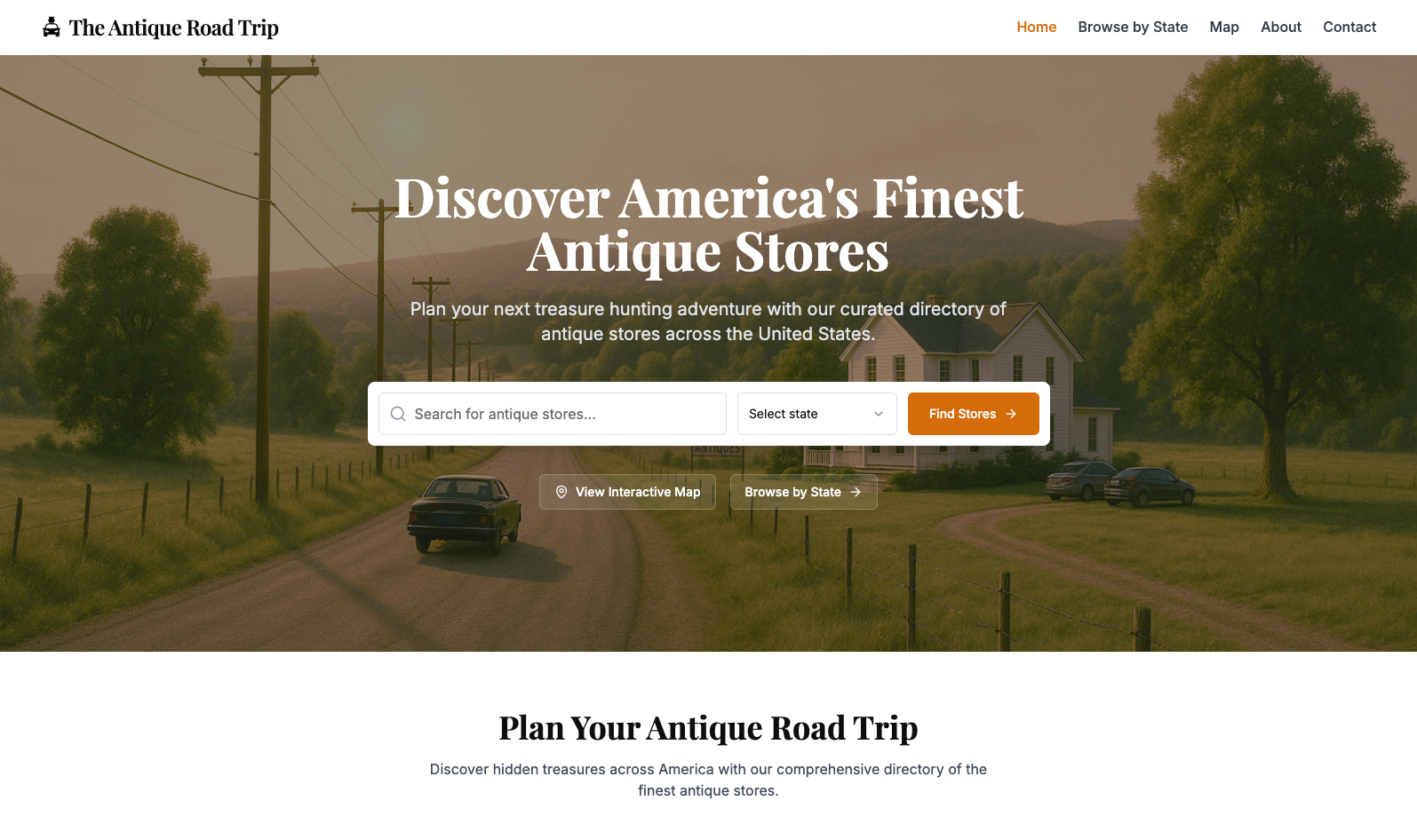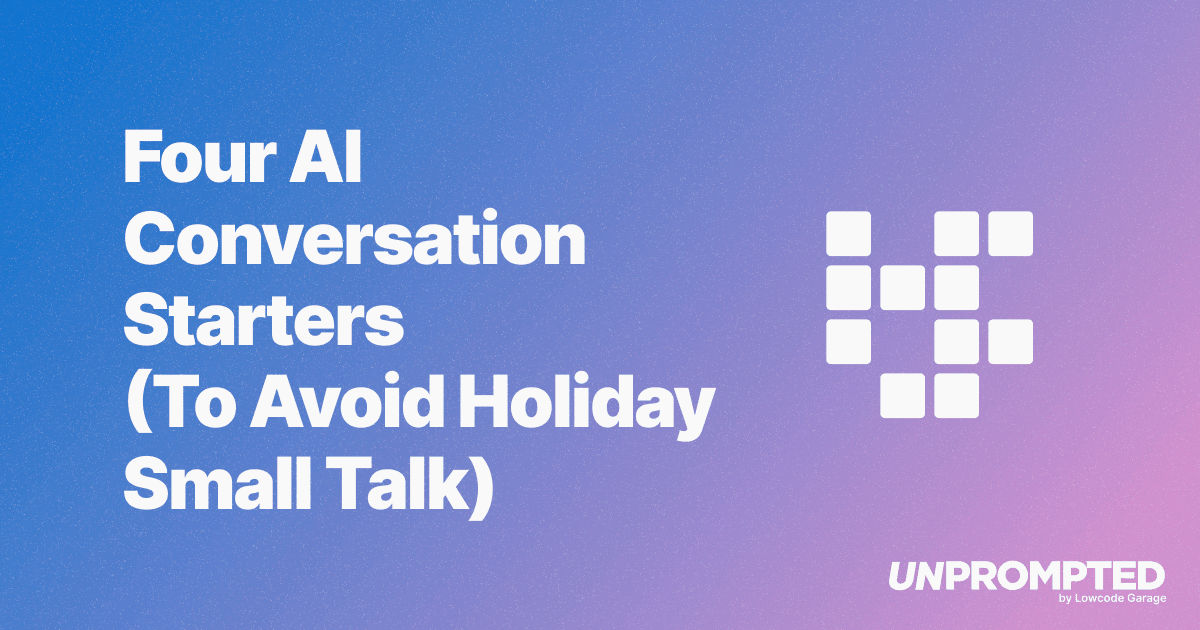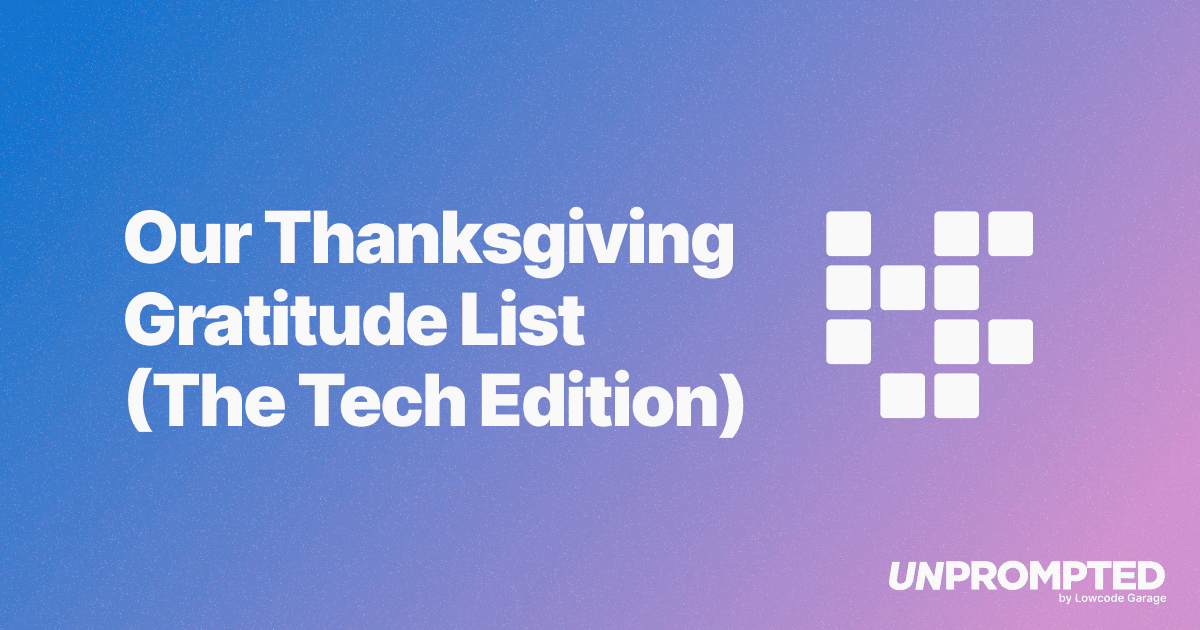AI Is Coming for Recommerce
Turning recommerce's digital garage sale into a clean, searchable showroom.
This week, we're diving into one of our favorite topics: design.
The way we decorate (and redecorate) our spaces is constantly evolving. That evolution is now colliding with a much bigger shift: how AI is transforming the secondhand market and changing the way we discover antiques and vintage pieces.
Let's get into it.
The resale market has exploded—and now AI is making it scalable.
The global secondhand industry is on track to hit $350B by 2032, fueled by:
- Cost-conscious shoppers tightening budgets
- Climate-aware consumers prioritizing reuse
- Tariff uncertainty and global trade tensions, which are making imported goods pricier and less predictable
- Gen Z trendsetters driving thrift culture on TikTok and Instagram

Theantiqueroadtrip.com is an online directory for antique stores in the northeast, check it out the next time you are looking for a new statement piece.
The Platforms that Got Us Here
Platforms like eBay, Poshmark, and Etsy helped democratize resale. They made it easy for individuals—often with no tech background—to list items, reach buyers, and build real businesses from their bedrooms.
Etsy became a go-to for handmade and vintage items. Poshmark unlocked casual resale for the fashion-forward.
At the higher end, platforms like Chairish, 1stDibs, and The RealReal have professionalized resale for luxury goods and designer pieces, bringing trust and curation to categories like fine art, high-end furniture, and authenticated fashion.
But across this ecosystem, there's still a major gap:
- Most platforms weren't built to handle one-of-a-kind physical inventory at scale (think: antique buffets, mid-century chairs, art deco lamps).
- Few offer meaningful backend support—like inventory syncing, pricing intelligence, content automation, or customer messaging tools—for sellers managing large, ever-changing catalogs.
- And almost none integrate AI or automation into the day-to-day operations of small brick-and-mortar or hybrid sellers.
That's where AI becomes a game-changer—not by replacing these platforms, but by giving sellers the tools they need to grow across them.
The Under-Digitized Edge
The U.S. has over 20,000 antique stores, but only ~6,000 have any sort of ecommerce presence. Even fewer are truly automated or data-driven.
Yet the upside is huge:
- 66% of online antique & collectible stores earn over $10K/month
- Nearly 20% generate more than $1M/year
Still, most sellers rely on manual workflows—juggling Instagram DMs, spreadsheets, and inconsistent marketplace listings. And while platforms like Instagram are central for marketing, creating content, writing captions, and replying to messages is labor intensive and unsustainable for solo operators
A New Chapter for Antiques—and Interior Design
This isn't just about seller pain—it's about buyer opportunity, especially in the interior design world.
Antiques have long added soul to interiors, but sourcing them has remained stuck in the past—slow, fragmented, and reliant on insider networks.
Now, AI can change how designers work.
Designers can search by style or visual reference and instantly discover available pieces from independent shops. They can build moodboards using live inventory, or get intelligent suggestions for what complements a space—all without cold-emailing dealers or scouring flea markets.
Meanwhile, sellers don't need to change how they work. AI handles the backend—making their pieces more discoverable to new audiences who are actively designing spaces.
It's a shift from "Where do I find this?" to "What else fits this vision?"
What AI Unlocks
AI isn't replacing marketplaces—it's building the connective tissue sellers have always lacked.
With the right tools, sellers can now:
- Instantly turn a photo into a polished, optimized listing
- Keep inventory updated across multiple platforms, automatically
- Respond to buyer inquiries in real time—without lifting a finger
- Get smart pricing suggestions informed by design trends and historical data
- Generate ready-to-post marketing content from their live inventory
This is backend automation for the front-end of culture—helping timeless items meet modern workflows.
Frequently Asked Questions
Continue Reading

AI Is a Tool, Not a Strategy
Henry Kravis reminds us that AI is a productivity tool, not a strategy. Strong management, cultural fit, and operational fundamentals still determine whether businesses succeed or fail.

Four AI Conversation Starters (To Avoid Holiday Small Talk)
Four timely AI conversation starters covering federal vs state AI regulation, Opus 4.5 capabilities, physical AI in construction, and Michael Burry's bet against Nvidia—perfect for surviving holiday small talk.

Our Thanksgiving Gratitude List (The Tech Edition)
Discover the AI tools transforming how we build products at Lowcode Garage. From publishing content with Claude Desktop to building prototypes in weeks instead of quarters, here's our Thanksgiving gratitude list for the tech that makes it all possible.